Genre: Sports Developer: Electronic Arts Publisher: Electronic Arts Players: 1-2 Released: 1990
It’s become one of the most famous rivalries in professional sports, and now the Celtics and Lakers are once again meeting in the NBA Finals. This year’s competition marks the eleventh time these two teams have battled for the Larry O’Brien trophy. One could even argue that this has become more than just a mere rivalry, and the Celtics and Lakers in the Finals represents everything the NBA represents: pride, skill, and the desire to build a team that will be forever remembered by fans of the game.
Imagine, the rivalry between the two teams is so legendary that Electronic Arts even made a game about it! Ok, that’s not entirely accurate. Lakers vs. Celtics & the NBA Playoffs, beyond being the product of a vast conspiracy to make a basketball game with the longest title in history, was a direct result of the two teams having met in the Finals a year before the game was originally released for MS-DOS. Ported to the Genesis a year later, it arrived just as the Chicago Bulls began their meteoric rise to greatness and six championships in eight years.
Lakers vs. Celtics was an important release on several levels, and it ushered in the sports simulation games we all know and love today. It was the first game to feature real rosters of players with their signature moves and likenesses, and it was the first to adapt things like a halftime show. While rudimentary and simplistic by today’s standards, it was quite the spectacle in 1990, and it captivated audiences everywhere. Even with its limited number of teams (eight) and the ability to only play a one-on-one game against a friend or the tournament mode, basketball fans thrilled at the prospect of playing as Larry Bird, Magic Johnson, or Michael Jordan. It also allowed gamers to assume either the east or west all-star teams and have a good number of the fifty best players of all time in a game simultaneously. It’s almost eerie.
LvC looks a lot better than the DOS original, and the Genesis port features several upgrades to the presentation that NBA fans are sure to appreciate. The players look much more like their real-life counterparts, and everything from the hardwood court floor to the sidelines has been greatly enhanced in its detail. Other enhancements include home and away jerseys, more signature moves, and player portraits for each team’s starting five. Arriving in an age when most basketball fans had to choose which generic player clone, they wanted as their franchise player, being able to use a player sprite that actually resembled Larry Bird or Charles Barkley was a major attraction. Unfortunately, Kareem Abdul-Jabar retired the previous year, so only players of the computer version get to master his deadly skyhook.
Though there are two modes of play, single and tournament, the latter mode is where you get to go through the playoffs and try for the trophy. There are basically three levels of difficulty: pre-season (easy), regular season (normal), and “showtime,” which is where any real basketball fan is going to spend his single-player time. It’s also the default mode when you select tournament play. In this last mode, the referees are everywhere at once, and the opposing team’s star players are going to make a mission of showing you each and every one of their signature moves. Moreover, showtime automatically sets the quarter time to twelve minutes. Substitutions, time outs, and game statistics are also available here.
The gameplay in LvC is slick and simple, with a button to shoot, one to pass, and one for defense. NBA rules apply in simulation mode, and defending too aggressively will result in an offensive foul and some free throws for the opposition (complete with referee voiced calls!). Players seem to run a bit too slow for those reared on today’s basketball games, but it only takes a little getting used to for problem to dissipate, and it never gets in the way of enjoyment.
Whether you’re playing single or tournament, the game is more or less the same. There are few options, aside from being able to adjust the length of each quarter and turning off Rob Hubbard’s energetic soundtrack. That’s not actually a detriment either, as its pick-up-and-play style with simulation trappings is what made LvC so attractive to begin with. The full season and franchise modes that have long been a staple of basketball games would slowly make their debuts with later installments, but the groundwork was set here.
You might find Lakers vs. Celtics a bit limited due to the small selection of teams and game modes, but those seeking to relive the greatest rivalries of the late ’80s should look no further. There’s a lot of history to be found in Electronic Arts’ landmark title, both in terms of the basketball era it represents and the benchmark it set for future video game renditions of the sport. It’s easy to get into, but it offers just enough depth to put it above the generic basketball games that saturated the market at the time.
Those who are considering playing LvC today shouldn’t look to the computer for a challenge but should instead play head-to-head. But then again, isn’t that how sports titles are best enjoyed? I dare anyone to take on my Bird (hmm, that didn’t come out right…), and Kevin McHale owns the paint!
SCORE: 7 out of 10

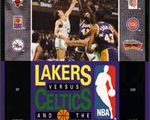
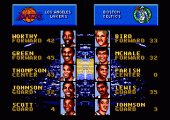
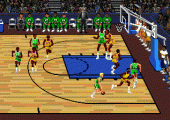
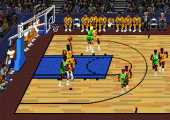
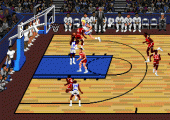
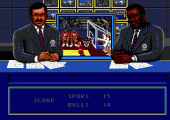
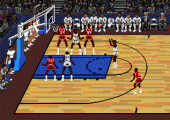
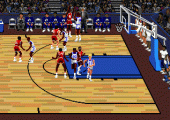
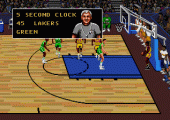
Recent Comments